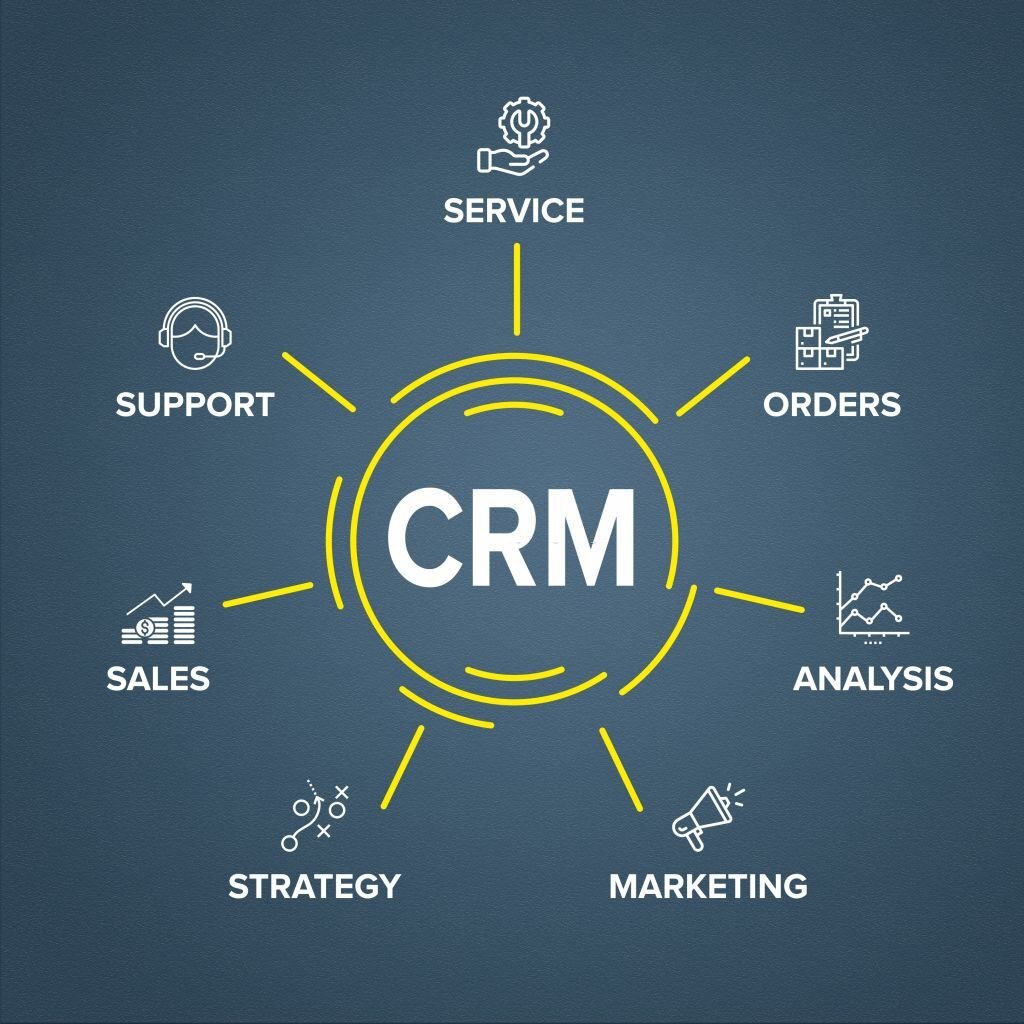The complex equipment of contemporary business operations is held together by inventory management. Effective inventory management is essential in any industry that includes the stocking and transportation of items, including manufacturing, retail, and other related fields.
It serves as the supporting framework that balances many factors including supply chain effectiveness, customer happiness, and financial success. In essence, it’s about having the appropriate things, in the appropriate quantities, at the appropriate time, and at the appropriate price—it’s not simply about knowing what’s in your warehouse.
Effective inventory management is more difficult to implement than to say. Overstocking and understocking, as well as inefficiencies in order processing and record-keeping, are common problems that businesses deal with.
Such inventory management problems may cause more than simply operational delays; they can also have a chain of impact that can lead to financial loss, poor customer relationships, and even reputational harm.
Recognize the Signs of Bad Inventory Management
Overstock and Dead Stock
The Problem
Overstock happens when you have more items than you can sell in a reasonable time, while dead stock refers to items that have never sold and likely never will. Both are damaging to a business because they tie up capital and occupy valuable warehouse space.
Signs to Look For
- A consistent surplus of certain items
- Items that haven’t moved in months
- Warehouse space filling up faster than it empties
Frequent Stockouts
The Problem
Running out of stock leads to missed revenue and dissatisfied customers. Frequent stockouts could indicate that your inventory replenishment strategies are not aligned with actual consumer demand.
Signs to Look For
- Multiple customer complaints about unavailable items
- Lost sales opportunities
- Rush orders for replacement stock, often at higher prices
Inaccurate Inventory Records
The Problem
If your inventory records are consistently wrong, you’ll struggle to make informed decisions. Inaccuracies can arise from data entry errors or misplacement of items.
Signs to Look For
- Inconsistent numbers between your inventory records and actual stock
- Frequent manual adjustments to accommodate inconsistency
Immediate Steps for Damage Control
Stop All Non-Essential Purchases
Why It’s Crucial
The first step in controlling the damage is to stop digging the hole deeper. Halt all non-essential purchases to assess your current situation without complicating it further.
How to Implement
- Evaluate open purchase orders and cancel or delay any that are not immediately necessary
- Communicate with your purchasing department and establish temporary approval processes for any new orders
Prioritize Moving Existing Stock
Incentivizing Sales
Offer discounts and promotions targeted at your overstock items. Create bundles that include slow-moving items paired with popular ones to speed up their sale.
Outlet Sales and Third-Party Partnerships
Another option is to conduct outlet sales or partner with discount retailers to move bulk quantities quickly.
Update Inventory Records
Physical Stock Counts
Manually count every item in your inventory to rectify the numbers. This is labour-intensive but sometimes necessary for extreme discrepancies.
Systems Reconciliation
After the manual count, update your inventory management system software to reflect the accurate numbers. Reconcile this with accounting and sales records to ensure full alignment.
Communicate Openly with Stakeholders
Supplier Communication
Reach out to suppliers to negotiate to delay upcoming shipments or to alter order volumes.
Customer Updates
Be transparent with your customers about stock availability and any anticipated delays. This honesty can build trust, even in challenging situations.
Employee Engagement
Your employees are your greatest asset in solving inventory issues. Keep them in the loop and consider any suggestions they have for improvement.
Medium-Term Strategies
Adopt Inventory Turnover Ratios
The Metrics
The inventory turnover ratio measures how many times a company’s inventory is sold and replaced over a specific period. This key performance indicator helps you identify the ideal stock levels for different items.
Implementation Steps
- Calculate your current turnover ratio
- Set benchmarks for different product categories
- Monitor and adjust as needed
Streamline Supplier Relationships
Why It Matters
Your suppliers are your partners in this journey. Having a strong relationship can help you negotiate better terms and even troubleshoot problems more efficiently.
Action Items
- Schedule regular check-ins with key suppliers
- Review and negotiate payment terms, delivery schedules, and other contractual details
- Explore opportunities for bulk discounts or flexible payment terms
Read More – Inventory management system for small business
Train Staff on Inventory Best Practices
Importance of Training
A well-trained staff can prevent many of the issues that lead to bad inventory management. They can identify problems sooner, rectify them quicker, and even suggest proactive improvements.
Types of Training
- On-the-job training for software and hardware tools
- Workshops on best practices
- Inventory management system software certifications
Long-Term Solutions
Invest in Advanced Inventory Management System Software
Features to Look For
- Real-time tracking capabilities
- Integration options with existing systems
- Advanced analytics for demand forecasting
Budget Considerations
Quality software isn’t cheap, but consider it a long-term investment. The efficiencies gained will often offset the initial costs.
Implement an Ongoing Inventory Audit Procedure
Importance of Audits
Routine audits ensure your inventory system aligns with your actual stock, helping you catch and prevent discrepancies before they escalate.
Audit Types
- Perpetual audits, where specific items are regularly counted
- Periodic audits, where the entire inventory is counted at specific intervals
Adopt a Demand Forecasting Method
Data-Driven Decisions
Utilize data analytics tools to study past sales records, seasonal fluctuations, and even social media trends to forecast future demand.
How to Implement
- Historical Sales Analysis
- Trend Analysis
- Utilizing machine learning algorithms for more accurate forecasting
Contingency Plans
Why You Need a Backup
Emergencies and unplanned events can happen at any time. Having a contingency plan allows you to minimize disruption and recover more quickly.
What to Include
- Emergency supplier contacts
- Cash reserves for unexpected costs
- Backup storage options
Bad inventory management is not irreversible. The key is to act decisively, involve your team, and use data to inform better decisions moving forward. With committed effort and focus, and using inventory management system software efficiently you can turn your inventory management issues into a finely tuned operation.
For more latest updates stay connected with us and get daily technical articles.




